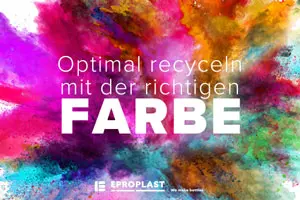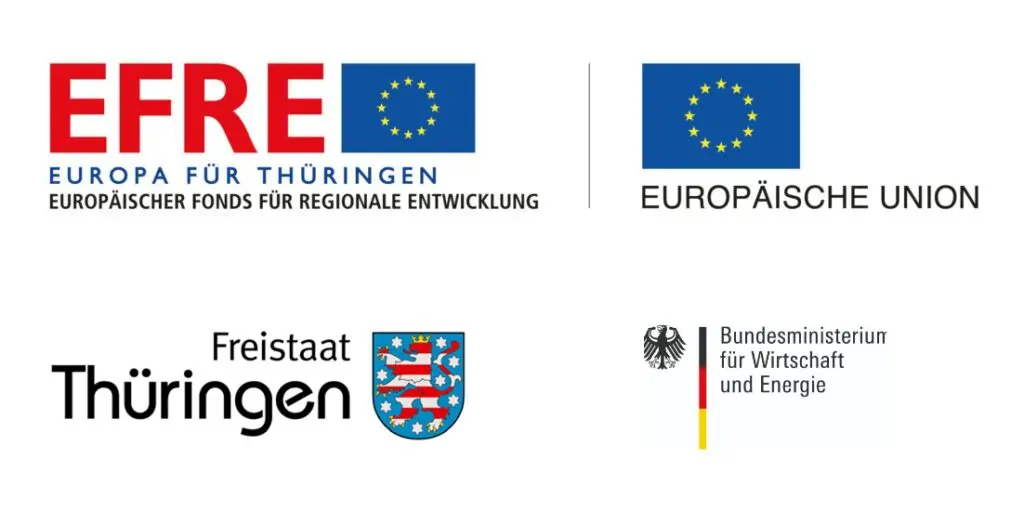The great advantage of PET packaging is clearly its high recyclability. But what should you pay attention to when developing PET packaging in order to return the recyclable material to its cycle?
To recyclable colors! This influences whether the recyclable material can be quickly and easily detected in a sorting system using a near-infrared scanner (NIR) and thus be sent for further recycling.
Which colors make recycling easier?
Transparent packaging can be reliably detected and can therefore be recognised and sorted for further recycling. PET packaging in the colours green and blue are classified as recyclable as they have their own recycling streams.
Which colors, on the other hand, cause difficulties in the sorting plant?
All colours that contain carbon make it difficult to detect and therefore prevent sorting and recycling. Carbon black is a widely used colourant as the basis for black and dark plastic packaging. However, other colours can also contain carbon black pigments. Plastics coloured with these pigments absorb the NIR rays instead of reflecting them. This means that they simply cannot be recognised and, as a result, cannot be sorted.
It is better to use soot-free paints that do not hinder detectability and thus leave the recyclable material in the material cycle. At EPROPLAST, we only use soot-free paints and therefore also focus on optimum recyclability when it comes to paints. Thanks to the large selection of soot-free inks and the individual use of rPET, we offer our customers sustainable alternatives for every packaging design.
Our EPRO tip:
Take advantage of the benefits and communicate your commitment to sustainability as soon as you choose a recyclable ink. Because no matter how you package your product, recyclable colors are a strong argument to convince your customers at the POS in the future.

